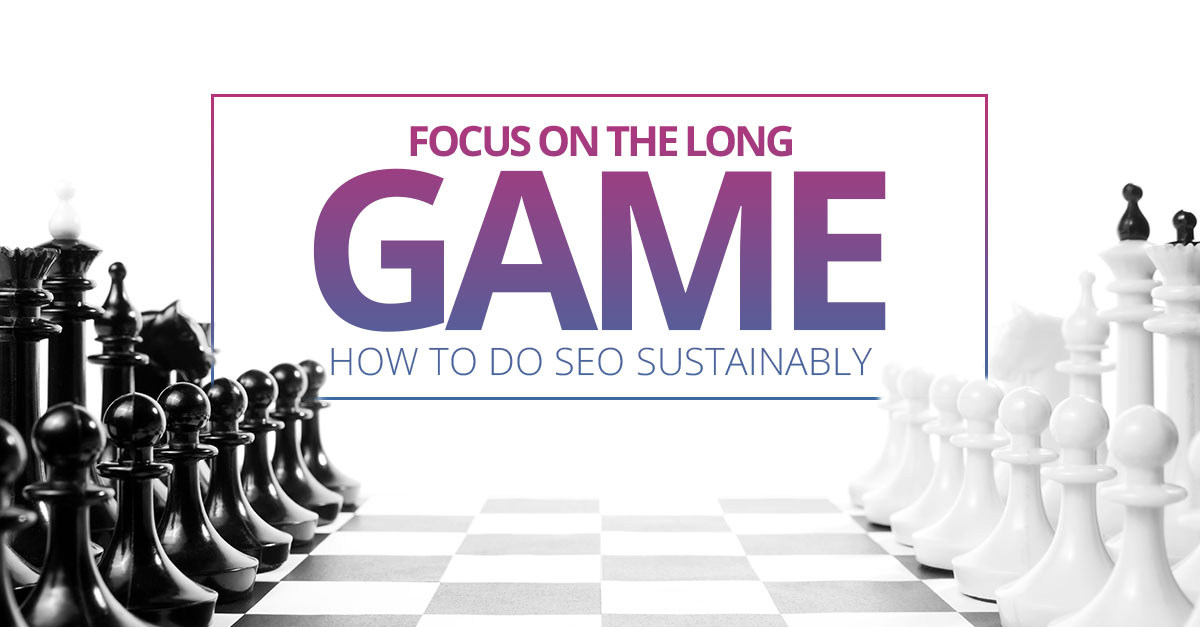When you read Fred, Penguin, Possum, Panda, what comes to mind? If you own or administer a website, it should be SEO: these are the euphemistic names (thank you Moz) of only a few Google algorithm updates over the last couple of years.
And that algorithm is key to your SEO triumphs and fails. Although these updates typically pose greater volatility to black-hat SEOs, it is important for everyone to understand what they are signaling.
Ultimately, all search engine algorithms are aimed at two goals; provide results that match user intent and prevent SERP gaming. Base your SEO strategies on these and they will be sustainable.
The foundation of SEO: Intent
User intent; many think that it is synonymous with the query a user is making through a search engine. But, there is a deeper picture at play; the search query merely signals intent.
For example, a siren signals an emergency and the type of emergency it is signaling depends on context, as well as the nature of the sound it is making.
Thus, begin with intent when considering what short- and long-tail searches you want to rank for…consider the why of the search. At its most basic, user intent is either transactional or informational.
User intent and the buyer’s journey
User intent is also dynamic; it changes according to the stage of the buyer’s journey. How you address each point along that path will depend on what you are offering.
To begin, plot the path-to-purchase and identify the intent of the user at each point. Next, formulate likely queries that the user will make and the content that is most likely to satisfy them.
Creating a visual aid, such as the diagram below from PPG Web Solutions, or a spreadsheet will help you organize the process. Be sure to include an intent column; in the diagram below, I would place it after the Buyer’s Journey.

Why content? It is the most accessible form of SEO and content gives users a reason to visit and spend time. Besides, gone are the days of building content-light sites and hitting the high positions in Bing, Yahoo, and Google SERPs.





Join the conversation
1 comment
Lawanda on May 22, 2017 at 6:03 am
This forum needed shiknag up and you've just done that. Great post!
Submit a comment
Your email address will not be published. Required fields are marked *